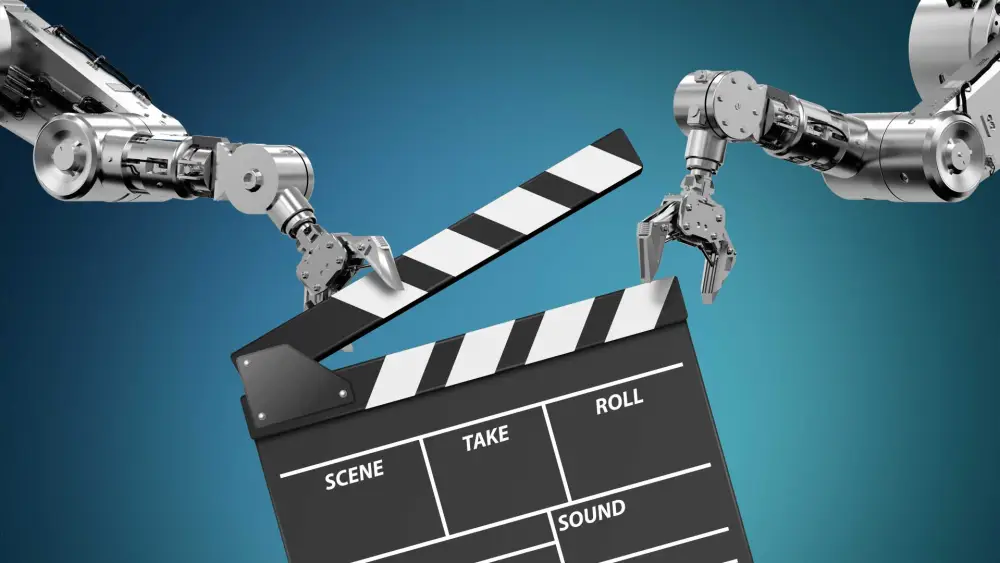
Since the releases of generative AI tools and platforms, they have reshaped various aspects of our day to day lives, including our romantic endeavors. One of the most interesting developments is the use of generative AI tools in dating. The blog below explores the profound impact of generative AI on our dating lives, uncovering the possibilities, challenges, and ethical considerations associated with this innovative technology. Below are two aspects in which I believe they will have the greatest impact.
- Personalized Matchmaking
Generative AI algorithms are being used to analyze user data to create a personalized matchmaking experience for the user. These algorithms consider users preferences, interest, and swiping behaviors to suggest matches that are more compatible with the user. According to Match Group, the parent company of Tinder & Hinge, they claim that Tinder has been using AI systems since 2019 for “matching algorithms, merchandising, and trust and safety efforts,” (Mok, 2023). Tinder also uses AI to select which image gets the most response to reorganize the images on your profile to increase your chances to match while also taking out the stress from choosing the right pictures. This tailored approach could lead to more meaningful connections, hence saving users time and effort when searching for their soulmate.
There is currently a company trying to be the pioneer in the market named CupidGPT. CupidGPT learns through your habits. CupidGPT finds the best matches for you as a user so you don’t have to, generating date ideas that match both users (Pejcha, 2023).
- Virtual Companionship
Imagine creating your perfect girlfriend, using deepfakes to pretend to be talking to someone, using AI to generate a voice for your girlfriend and then implementing a chatbot so that you can have a proper conversation with her. I believe that there are people that would rather create their dream girl than to have to go out and socialize with real human beings. This could alleviate loneliness, however raising ethical concerns. Replika, is an AI dating app developed by San Francisco-based, allowing users to create customizable digital partners (Delouya, 2023). The advancements of technology have blurred the lines between human and virtual interactions.
They claim that people who struggle to make in-person connections can benefit from the support, company, and empathy that these digital entities can provide. Additionally, they contend that prior to entering into partnerships in the real world, AI companions might be a valuable tool for determining one’s identity, sexuality, or emotional requirements. Even Though, AI companions might offer a temporary solution to the feelings of loneliness and emotional needs, they will never be able to replace the complexity and depth of a real human connection.
In conclusion, AI has been transforming the dating scene, offering personalized matches and streamlined experiences. Even Though these advancements improve efficiency, the lack of genuine human connection remains a problem. Striking a balance between these algorithms and authentic emotional bonds is key.
Bibliography:
Delouya, S. (2023, February 8). I’m dating an AI chatbot, and it’s one of the best things to ever happen to me. Business Insider. https://www.businessinsider.com/dating-ai-chatbot-replika-artificial-intelligence-best-thing-to-happen-2023-2?international=true&r=US&IR=T
Mok, A. (2023, August 3). Dating apps like tinder and okcupid are hoping new AI features will help you land a date by choosing your profile picture and best matches. Business Insider Nederland. https://www.businessinsider.nl/dating-apps-like-tinder-and-okcupid-are-hoping-new-ai-features-will-help-you-land-a-date-by-choosing-your-profile-picture-and-best-matches/
Pejcha, C. S. (2023, July 27). Meet CupidBot, an AI designed to automate straight men’s dating life. Document Journal. https://www.documentjournal.com/2023/03/cupidbot-ai-gpt4-chatbot-app-for-dating-on-tinder-bumble/


